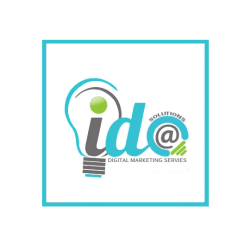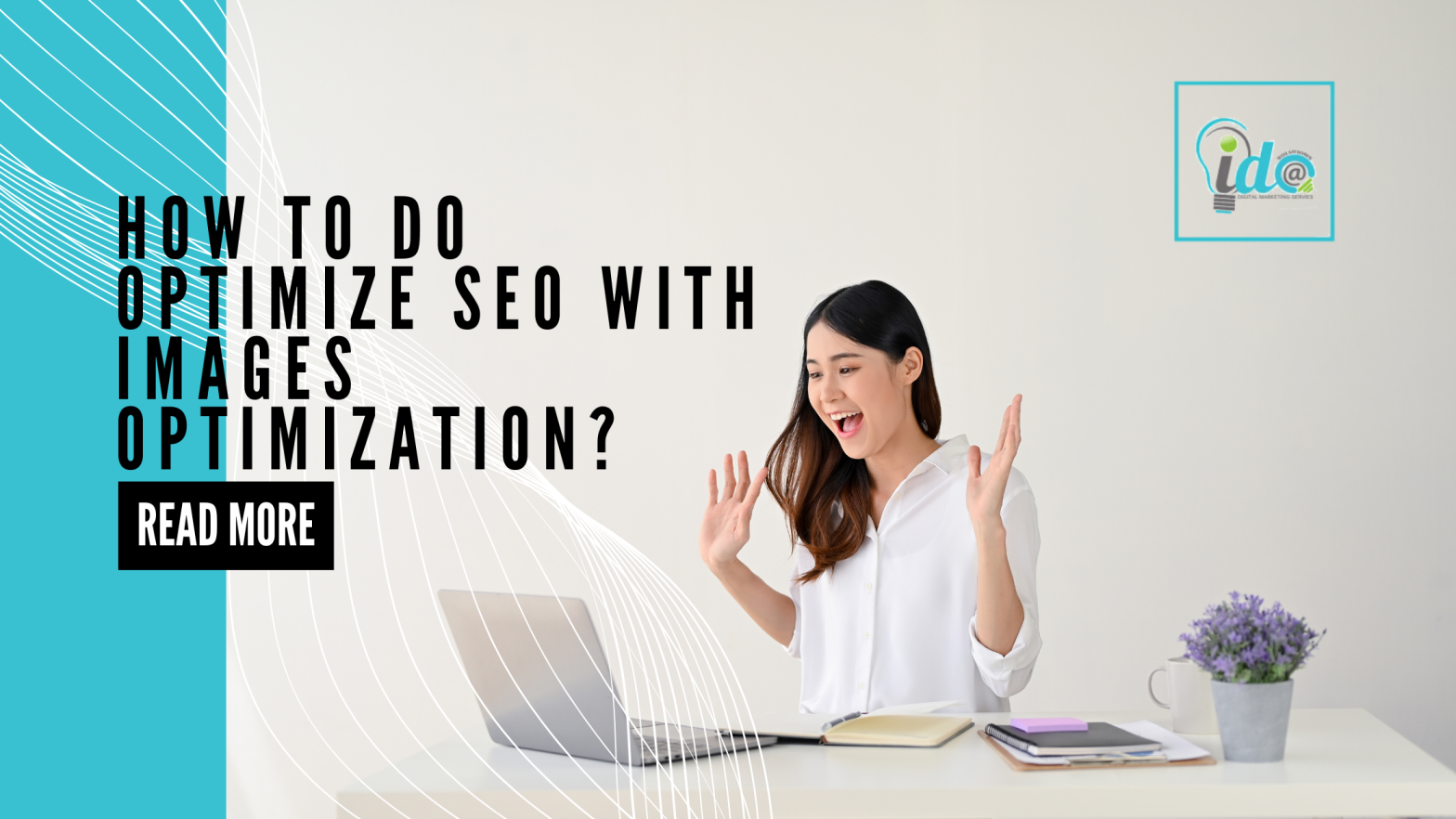Images SEO for search engines is necessary in today’s digital world to boost website visibility and traffic.
Images not only enhance user experience but also are essential to your whole search engine optimization plan.
In this lesson, we’ll cover effective techniques for WordPress picture SEO, Google image SEO, and more to help you get the most out of your visual content.
Why Image Optimization Matters?
When it comes to properly engaging visitors and communicating information, images are essential. They can, however, potentially significantly affect your SEO and slow down your website if they are not properly optimized.
When images are properly optimized, they will enhance your website’s search engine ranking and support your search engine optimization efforts.
Key Techniques for Optimizing Images
To maximize the benefits of your images, follow these essential techniques:
1. Choose the Right File Format
Different file formats serve different purposes:
- JPEG: Perfect for multi-coloured photos and images.
- PNG: Best for images requiring transparency and for graphics with text.
- WebP: Suitable for web use, it offers high quality with reduced file sizes.
Making the right file format choice guarantees that your photos will load rapidly and look fantastic on all platforms.
2. Optimize Image File Sizes
Your website may load more slowly and receive worse rankings if it has large image files. To minimize file sizes without compromising quality, compress your photographs.
Your file sizes can be optimized with the aid of programs like ImageOptim or TinyPNG.
3. Use Descriptive Image File Names
Image file name SEO is a critical aspect of image optimization. Make use of file names that are clear, concise, and packed with keywords that describe the image’s content. Use a more particular name, such as “seo-image-optimization-guide.jpg,” in place of something generic like “IMG_1234.jpg.“
4. Implement Image Alt Tags
Compose brief, evocative alt text that incorporates pertinent keywords. This enhances your SEO and increases the usability of your content for readers who are blind or visually challenged.
“Guide to optimizing images for better SEO“, for example, maybe your alt text if your image is about “how to optimize images for SEO.”
5. Utilize Image Title Tags
Image title SEO adds additional context to your images. Although less crucial than alt tags for SEO, title tags can still provide valuable information and enhance user experience. Make sure your image title tags are descriptive and relevant.
6. Incorporate Image Descriptions
Providing image description SEO helps both users and search engines understand the content of your images. Use descriptive text near your images to provide context and include keywords where appropriate.
7. Use Responsive Images
Make sure the graphics you use are flexible enough to fit on a variety of screen sizes. This can help your SEO and enhance the user experience on mobile devices.
To offer the right image sizes depending on the screen resolution of the device, use HTML attributes like srcset.
8. Create an Image Sitemap
An image sitemap facilitates more efficient picture indexing by search engines. To make sure that search engines find and crawl your photos, either include them in your XML sitemap or make a separate image sitemap.
Best Practices for WordPress Image SEO
If you’re using WordPress, there are specific practices you should follow for optimal WordPress image SEO:
- Install SEO Plugins: Plugins like Yoast SEO or All in One SEO can help you manage and optimize your images effectively.
- Set Alt Text in Media Library: Add descriptive alt text to images directly in the WordPress media library.
- Optimize Image Settings: Use WordPress settings to automatically resize and optimize images.
How SEO Experts in Karachi Can Help
Speak with an SEO Expert in Karachi if you find image optimization to be too much work. Our team of professionals at IDA Solutions, a digital marketing agency in Karachi, can assist you in putting into practice efficient image SEO methods that are customized to your needs.
We make sure that your photos support your SEO objectives, from refining alt tags and file names to enhancing overall site performance.
Common Mistakes to Avoid
Avoid these common image optimization mistakes:
- Using High-Resolution Images Without Compression: Large files can slow down your site.
- Neglecting Alt Text: Missing or generic alt text can hinder your SEO efforts.
- Ignoring Mobile Optimization: Ensure images are responsive to improve mobile user experience.
Conclusion
Optimizing images is a crucial component of a successful SEO strategy. By following these best practices, you can enhance your site’s performance, improve user experience, and boost your search engine rankings.
So, ready to take your image SEO to the next level? Contact IDA Solutions – Digital Marketing Agency in Karachi today.
Let’s work together to enhance your digital presence and achieve your SEO goals by working with SEO Experts in Karachi.

